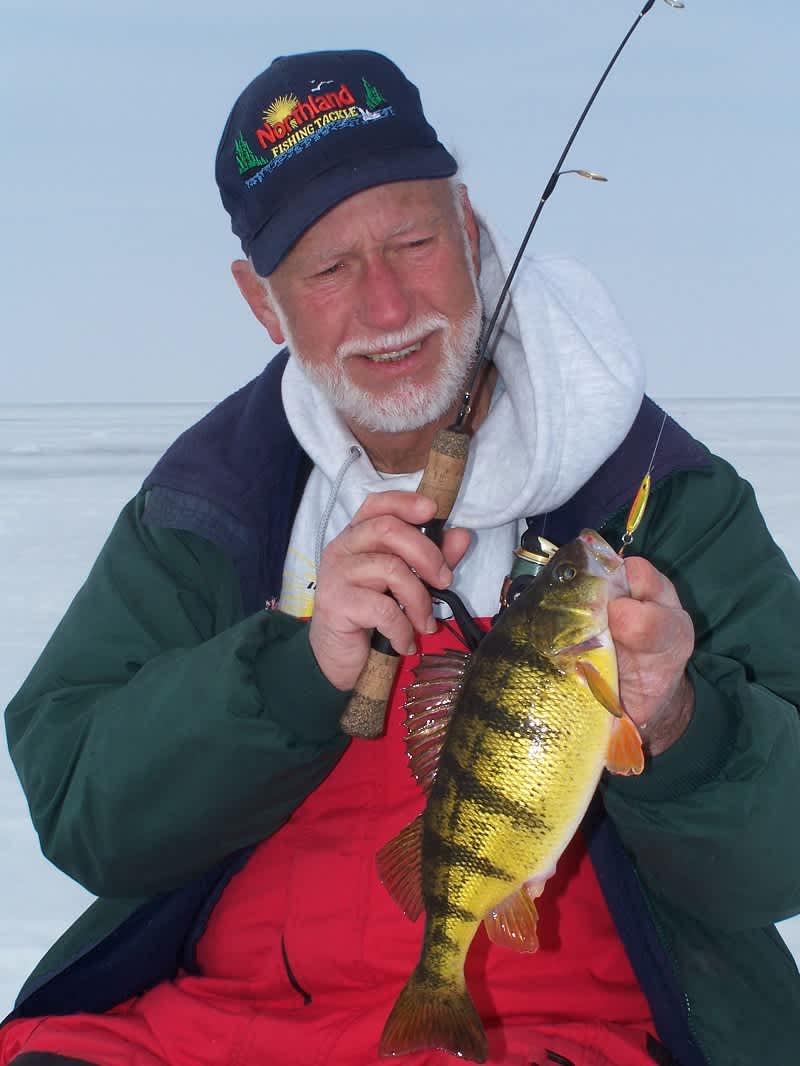How to Line-up for Ice Fishing
OutdoorHub Contributors 11.21.13

Ice fishing and open water fishing are very similar in some ways, and very different in others. The differences are obvious; the similarities are much more subtle. One thing that ice and open water fishing have in common is the importance of the line you’re using. At any time of the year, your line is your connection between you and the fish. You have to find them and then you have to make them bite. Your line can influence whether they bite or not, but once you do get a bite, your line can also be the difference between landing the fish or not. The following are some ideas about line for ice fishing.
Back in the day, we used the same line for ice fishing that we did for open water fishing. It coiled and curled and was hard to use in cold weather, but it was all we had. Then folks began making line specifically for ice fishing, and it was much easier to manage. Now we have several lines with different characteristics available so you can choose the line that best fits your ice fishing needs. In fact, some anglers use two different lines on the same rod to get the exact features they desire.
First, a bit about the different lines. Ice lines made of monofilament are manageable, reliable, and the least expensive. They have some stretch, so hooksets and sensitivity aren’t quite as good. Bionic Ice Fishing Line is a good example of a mono designed for ice fishing.
Lines made from fluorocarbon are tough and relatively invisible to fish. Bionic Ice Fluorosilk is a fluorocarbon line made for ice fishing that does a great job.
Braided lines, such as Bionic Ice Braid, have no stretch and are really tough. Braided lines are easier to see, and some anglers believe this added visibility can spook the fish. Braided lines are also more expensive than mono or fluorocarbon.
Panfish under the ice can be very finicky. They’ll come in and look, and if anything is wrong, they’re gone. For these guys, mono or fluoro in a small diameter, say two- or three-pound test attached to a tiny bait, is the way to go.
Sometimes you’ll find walleyes, crappies, or perch in deep water. You’d like to use mono for low visibility but it stretches quite a bit so you’ll miss some hooksets in deep water, and line that stretches isn’t as sensitive. This is when you use two different lines on one rod. Spool up with the braid, and then tie a small swivel to the end of the braid. To that swivel tie a 12- or 16-inch piece of mono or fluoro in the appropriate size. By doing so, your lure is attached to a mostly invisible piece of line so spooking the fish isn’t a concern, but you still have the sensitivity and hooksetting ability of braid. I’ve done this quite a bit and it works well.
Ice fishing is getting more and more refined, and ice anglers are getting more and more successful. If you keep these ideas in mind when you “line-up” your ice rods and reels, you’ll be more successful, too.
To see the new 2013 episodes of Fishing the Midwest television online, go to fishingthemidwest.com. Join us at Facebook.com/fishingthemidwest.

